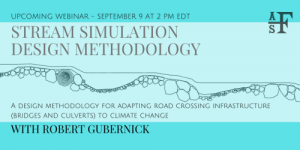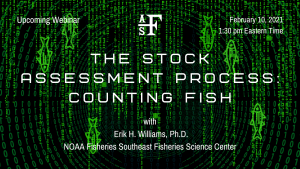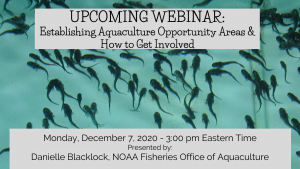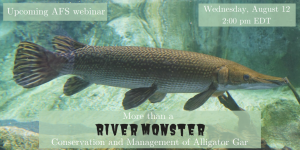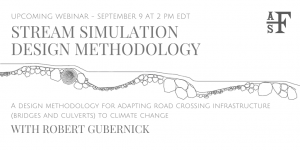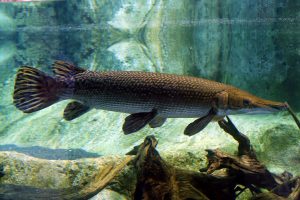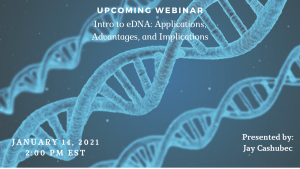


RECORDING: Intro to eDNA – Applications, Advantages and Implications
Sorry, but you do not have permission to view this content. Members may Log In to view it. If you are unable to view the content after logging in, please click the “refresh” button on your browser and try again, or clear your browser cache and try again.


